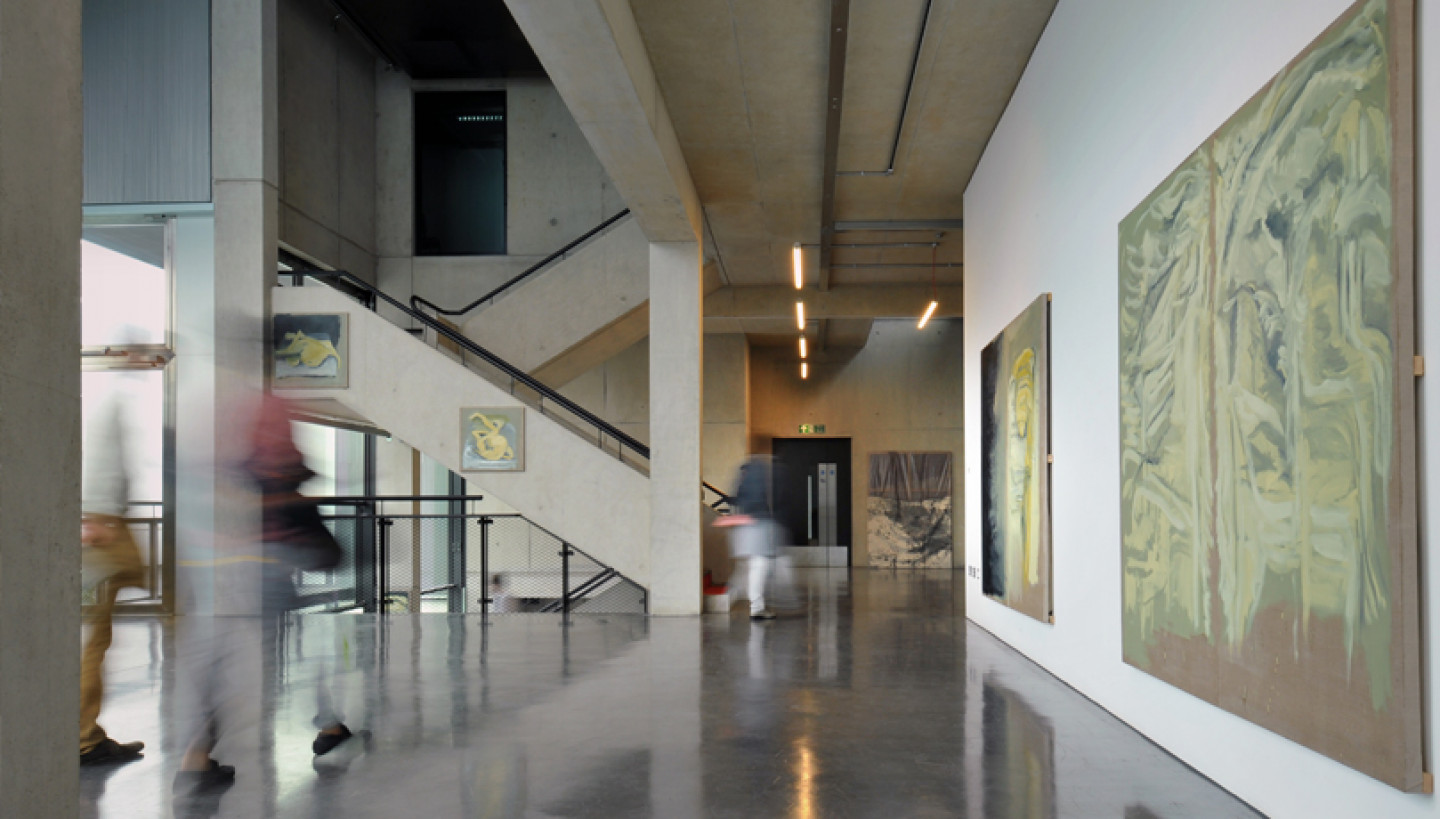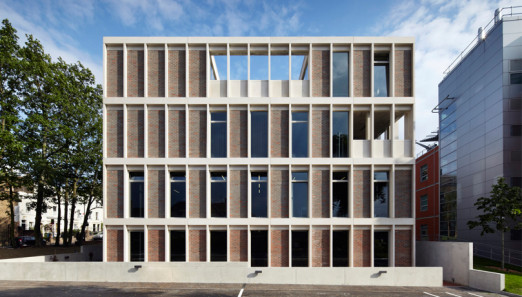This course will cover the key requirements of visual concrete at the design stage and includes:
- choosing concrete colour and tone
- selection of form face materials - smooth ply, board marked, chipboard, corrugated metal and other surfaces
- detailing of sheet layouts for walls and soffits, shadow gaps and recesses
- staircases, balustrades and landings
- shaping curved walls , the benefits of column formers
- off site joinery and special features.
Practical guidance will be provided and expertise on formwork assembly, the tie bolt holes , tie cone and tube, placing and compacting concrete for no blemishes, how to assess sample panels, when to judge the concrete finish for colour and what to do if there are surface blemishes.
A detailed case study of a recent Building Project will be highlighted.
What you will learn:
- the essentials in selecting materials for a fine concrete finish
- sheet layouts, tie holes and how to detail concrete
- common surface defects and how to avoid them
Speaker: David Bennett, Architectural Concrete Consultant and Low Carbon Advisor David is an expert in visual concrete construction and has a wealth of knowledge and practical experience to share with you.
Programme
2.00 - 2.30pm Registrations
2.30 - 3.10pm The Concrete Mix and The Colour
What colours concrete? Choice of OPC, GGBS and PFA cements, the influence of the fine and the coarse aggregates and water content, the form face and striking time, the use of pigments and fillers, cohesive vibrated mixes, self compacting concrete, and high stone content mixes.
3.10 - 3.50pm Face Material Selection and Detailing Tips
The difference between MDO and Phenolic film faced ply on the finish, the differences between MDO ply from Canada and Europe, board marked timber (from UK forests), chipboard, shot basted timber, corrugated metal, flat sheet metal, standard site assembly or bespoke off site fabrication - questions to consider.
Tie bolt, shadow gaps, recess features and construction joints - detailing tips
How much control could we have? How could we ensure its followed?
3.50 - 4.00pm Tea and Coffee
4.00 - 4.30pm Practical Construction Tips: Care in Construction and Workmanship
Rigidity of assembly for minimum deflection, correct assessment of formwork pressure, ensuring grout tight joints, fixing of sheets, application of release agent, minimising damage and rust stains to soffits, specifying the correct spacers, plus good concrete placing and compaction technique.
4.30 - 5.15pm Common Surface Defects: How to avoid them and to repair them
Grout loss, honey combing, corner damage, black eyes around tie cones, lipping of sheets, too many clusters of small blowholes, big blowholes, surface transparency of MDO, wrinkles and creases from Phenolic film, scratches and patches explained.
Best approach to Aesthetic Concrete Repairs.
5.15 - 5.45pm Judging a Good Concrete Finish (with examples)
How much variation could we accept in the surface finish? What tolerances can be permitted? How much ‘making good’ is acceptable? How and when do we judge the surface colour and the finish for a column, wall or a soffit?
5.45pm 6.00pm Questions and Close
Cost: £100+VAT or £75+VAT to students

